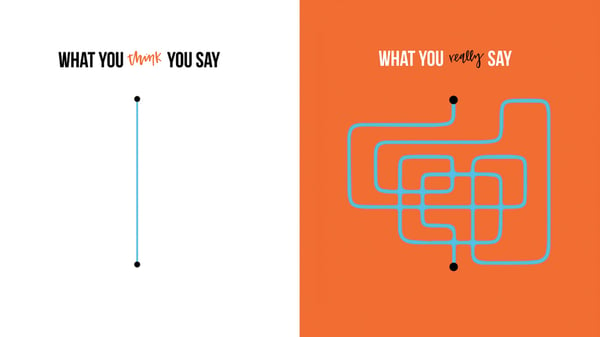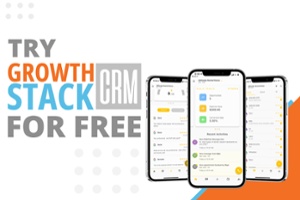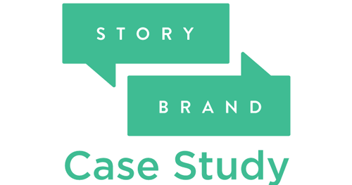Creating A Story As Simple As You Think It Is
Today, we have access to millions of videos, books, movies, and poems, in multiple languages and from all over the world, which means there are millions of stories that had been told and we don’t know anything about them. Yet again, we want our story to be heard.
Then there are a few stories that we all know. The famous Cinderella story, for example, is a classic tale we continue to tell our children. Mostly because it has been widely popularized by the magic of Disney.
But the original story was written in 1634 as a much darker adaptation of what we know today. It wasn’t until 1697, 63 years after being published, that this story added more popular elements like a fairy godmother, a pumpkin carriage, and the famous glass slippers.
The story we know today has been put through a number of alterations to make it a widely popular children’s story. But the main reason we all like and are familiar with this story is because it is so easy to understand — even a child can comprehend it.
So, what if we told all of our stories with the simplicity we tell bedtime stories and fairytales?

If you are a filmmaker, a writer, or a storyteller of any kind, we constantly struggle to find the most effective way to communicate our ideas. It’s often difficult to make an idea tangible because it is a concept that WE understand, and it just makes sense to US. Yet, the real challenge is how to effectively communicate your idea to your audience.
Be Open To Be Wrong
Our stories are our babies. They are ideas we nurture and we are so proud of, and it is almost impossible for us to believe there is a better way to tell our stories. Yet, there most likely is.
“Great stories happen to those who can tell them.” - Ira Glas
People who refuse to admit they are wrong have fewer chances to succeed because they refuse to learn and improve from mistakes. All of which is fairly intuitive. However, we often forget to learn and being open to new (and different) ways to tell our stories.
Remember that the goal is to establish clear communication, not to satisfy your inner poet.
Speak To An Uninformed Reader
We often label concepts as ‘too confusing to explain,’ and refer to people as ‘they don’t make sense’.
The reason this is such a common premise is because we naturally believe we speak in a voice other people understand, and we often don’t consider the level of education, cultural references, or language barriers that may affect clear communication.
A story should speak to everyone — someone who understands the way you communicate, but most importantly, it should speak to someone who doesn’t.
This is the same philosophy behind that famous phrase “there’s always two sides to the story.”
If you think about it, it is almost inconsiderate to disregard your audience because they don’t understand what you are talking about. Instead, try teaching and explaining your story as if you were telling it for the first time to a kid.
Use Simple Language
In the words of Albert Einstein, “The definition of genius is taking the complex and making it simple.”
Simple language shouldn’t translate into lack of quality or creativity for your story, but should rather be a challenge to make your story effective, efficient, inclusive, and easy to understand. As easy as Cinderella.
Thank you for reading! Comment below if you want to give me feedback or ideas on what to write next.
Illustrations by Emily Gallaway via @petuniadoodles | Zac Retz via @zacretz







